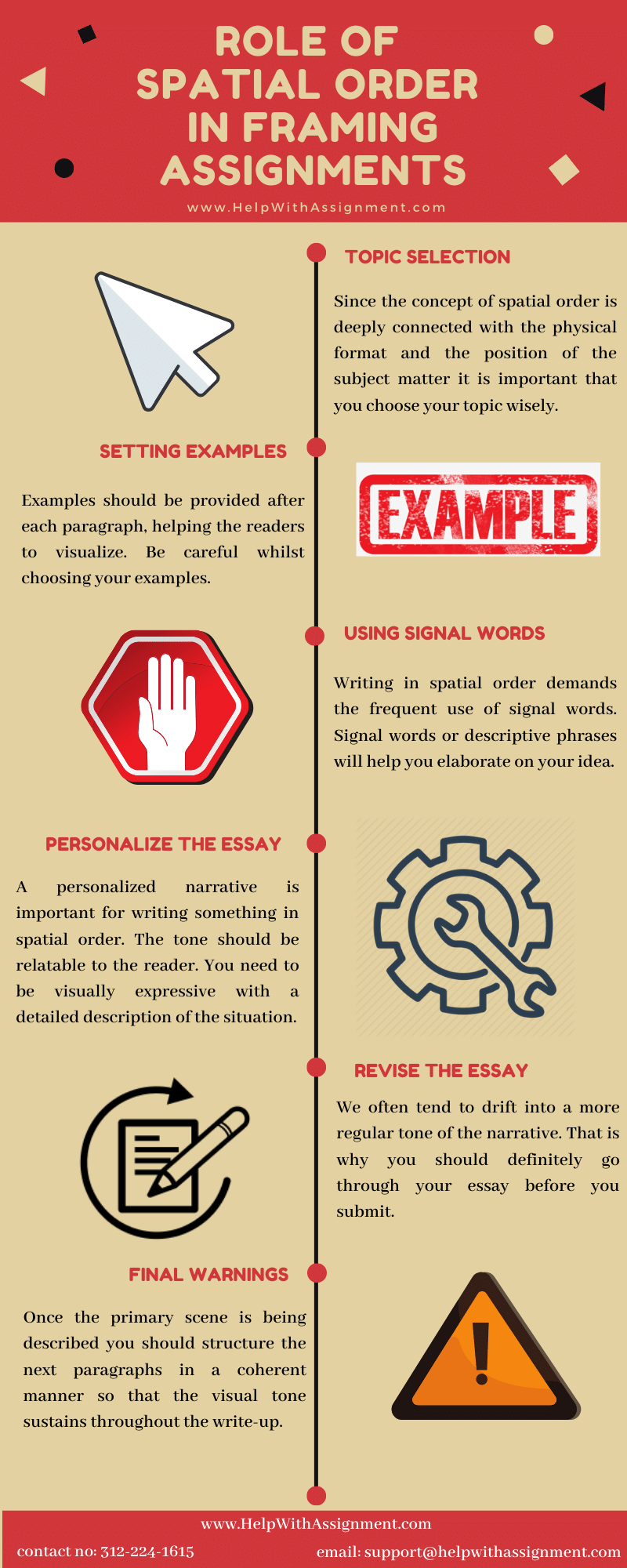- Home
- About Us
- Services
- Online Assignment Help
- Auditing Assignment Help Service
- Nursing Assignment Help
- Excel Assignment Help
- Advanced Economics Homework Help
- XML Assignment Help
- Strategic Management Assignment Help
- Logarithm Assignment Help
- Probability Assignment Help
- Matrices Assignment Help
- Commercial Bank Management
- Thesis Proposal Help
- Corporate Strategy
- Electrical Engineering
- Civil engineering
- Mechanical Engineering
- Electronics Engineering
- Financial Plan Development
- Research Paper
- Political Science Assignment Help
- Operations Management Assignment Help
- Computer Vision Assignment Help
- Commercial Bank Management
- IT Security Assignment Help
- College Essay Help
- Term Paper Help
- Medical Science Assignment Help
- Nursing Thesis Writing Help
- Religion
- Thesis Help
- Supply Chain Management Assignment Help
- Australia Assignment Help
- Cause and Effect Essay
- International Finance Assignment Help
- Statistics Assignment Help
- Computer Science
- Information Technology
- Bioinformatics Assignment Help
- Biostatistics Assignment Help
- Excel Assignment Help
- Taxation
- Research Proposal Help
- SAASU Assignment Help
- Auditing Assignment Help Service
- Workplace Learning in Finance
- Dissertation & Homework Help
- Custom Essay Writing Help
- Online Assignment Help
- Reviews
- Tutors
When the word career comes to anyone’s mind, they tend to think differently and the perception about a career is different for different people. Even scholars and researchers define the term differently. In normal sense, a career is used to describe a sequence of related jobs that a person takes up during his/her tenure.
Researchers Greenhaus and Schein came up with good definitions for the word career in a technical sense saying, “the pattern of work-related experiences that span the course of a person’s life.”
An individual and an organization have interests in an individual’s career and both parties may take actions to influence that career. These sets of related activities are referred to as career planning and career management.
Career Management can be defined as an ongoing process of preparing, implementing and monitoring career plans undertaken by the individual alone or in concert with the organization’s career systems. It may include activities that help the individual develop and carryout career plans, but the focus is on taking actions that the organization’s anticipated HR needs will be met. At its most extreme, career management is largely an activity carried out by the organization. An example of such an activity is succession planning, which is typically carried out by senior management to determine which employees can and should be prepared to replace people in positions of greater responsibility.
Typically, career management revolves around the employee’s role, the organization’s role and the goals of both the individual and the organization.
The organization’s role is to establish a favorable context. The management of an organization does this by providing management support, providing collaboration between line managers and HR managers, training management personnel and setting goals which include planning human resources strategy, changing HR policies as and when required, providing for job rotation, providing outplacement service, announcing the program and explaining its philosophy to the employees.
Successful Career management practices include:
- Placing clear expectations on employees.
- Giving the employees the opportunity for transfer.
- Providing a clear and thorough succession plan.
- Encouraging performance through rewards and recognition.
- Giving employees the time and resources they need to consider short and long term career goals.
- Encouraging employees to continually assess their skills and career direction.
Career opportunities and requirements for a particular job include
- Competency Analysis: Competency analysis measures three basic competencies for each job: know-how, problem solving and accountability.
- Job Progressions: The hierarchy of jobs a new employee might experience, ranging from starting a job to jobs that require more knowledge and/ or skill.
- Career Paths: Career paths include the lines or ways for advancement in an occupational field within an organization. There are a lot of possibilities in career paths like promotion, transfer, demotion or exit.
- Promotion: A promotion can be defined as a change of assignment to a job at a higher level in the organization. Principal criteria for determining promotions are merit, seniority and potential.
- Transfer: The placement of an individual in another job for which the duties, responsibilities, status, and remuneration are approximately equal to those of the previous job.
- Demotion: Demotion is defined as the downgrading of work. An employee who was given greater responsibility, after demotion will be given a lower level in the organization.
- Exit: an employee who quits the organization is defined as exiting.
A career span of a person is divided into 5 stages based on the age of the person.
Five stages of Career Management
·Stage 1 Preparation for work (ages 0-25): Develop occupational self-image, assess alternative occupations, develop initial occupational choice, pursuing necessary education.
·Stage2 Organizational entry (ages 18-25): Obtaining job offers from desired organization(s), select appropriate job based on complete and accurate information.
·Stage 3 Early Career (ages 25-40): Learn job, learn organizational rules and norms, fit into chosen occupation and organization, increase competence, pursue goals.
·Stage 4 Midcareer (ages 40-55): Reappraise early career and early adulthood goals, reaffirm or modify goals, make choices appropriate to middle adult years, remain productive.
·Stage 5 Late Career (ages 55-retirement): Remain productive in work, maintain self-esteem and prepare for retirement.
Often employees want to change jobs because of one reason which is career plateau. A career plateau is a situation where the probability of moving up the career ladder is rather low.
The types of plateaus that have been observed include:
Structural Plateau: Structural Plateau is defined as a situation where the chance of advancement is very low or there is no advancement at all.
Content Plateau: Content Plateau is defined as the situation where the job is no longer any challenging. This is also a demotivating factor for many employees. People want jobs that are challenging.
Life Plateau: Life Plateau is a situation where there is a danger of a crisis of personal identity. Every person is unique and the uniqueness is especially seen in someone’s work. An organization is a good place to improve the individuality and self-esteem of a person. If the job is threatening to endanger the personal identity of a person, then this paves the way for life plateau.
This article is in continuation with our previous article on Human Resources Management Maslow’s Theory.
We deliver a well-researched academic paper tailored to your specifications at a fair price while ensuring timely delivery. Our service is known for providing top-scoring, plagiarism-free research papers. Additionally, we offer unlimited revisions and 24/7 customer support as part of our commitment to quality.
So, don’t hesitate—place your order today and receive expert academic assistance instantly!
Get Career Management Assignment Help Now
Fill up the assignment help request form on the right or drop us an email at support@helpwithassignment.com. Feel free to contact our customer support on the company 24/7 Live chat or call us on 312-224-1615.
Our “Solution Library” comprises accurate solutions to difficult Human Resource Management assignment questions. It is very useful for the students who look for hints to solve a problem they are stuck with. The aim of Solution Library is to provide step-by-step, fully explained solutions to problems which could serve as high-quality reference material for inquisitive students.
For more details on Human Resources Management, you can refer to our websites at https://www.helpwithassignment.com/hr-assignment-help





